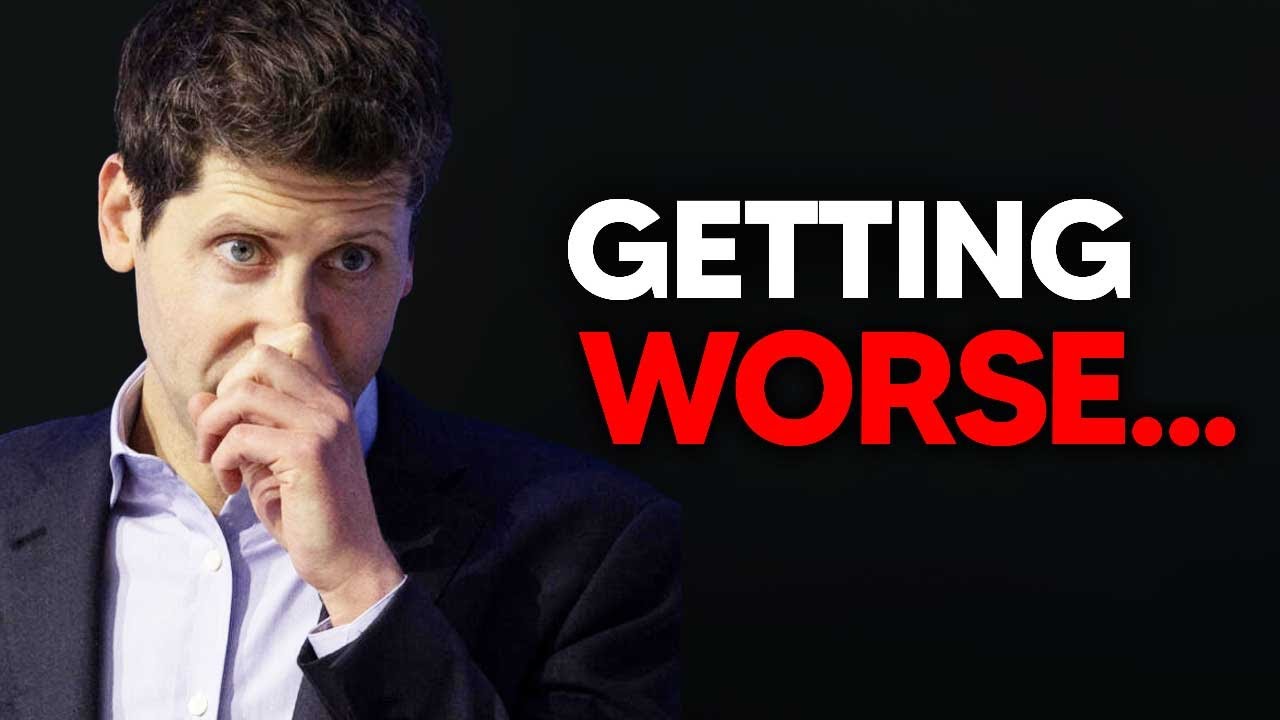The video discusses the escalating tensions between OpenAI and Microsoft, particularly due to Microsoft’s AI chief expressing frustration over OpenAI’s lack of transparency regarding GPT-4, which complicates their partnership. As Microsoft explores alternative AI models to reduce reliance on OpenAI and faces internal challenges, the future of their collaboration appears uncertain, potentially impacting OpenAI’s market position.
The video discusses the growing tensions between OpenAI and Microsoft, particularly regarding their partnership in AI development. Recently, Microsoft’s AI chief, Mustafa Suan, expressed frustration during a video call with OpenAI employees, as he felt they were not providing adequate documentation on how OpenAI’s latest model, GPT-4, operated. This lack of transparency has raised concerns within Microsoft, as they seek to understand and potentially replicate OpenAI’s technology to reduce their reliance on it.
Suan’s dissatisfaction stems from the proprietary nature of OpenAI’s models, which the company is keen to protect. Microsoft has been working on its own AI model, referred to as MAI, which aims to compete with OpenAI’s offerings. The relationship between the two companies is complicated by conflicting interests; while Microsoft wants to collaborate and share information, it also aims for self-sufficiency in AI to avoid dependence on OpenAI’s technology.
The video highlights that Microsoft has been exploring alternative AI models from various competitors, including open-source options, to power its products like Copilot. This shift indicates a strategic pivot as Microsoft seeks to hedge its bets and diversify its AI capabilities. The company is experimenting with models from other labs, which could potentially lessen its reliance on OpenAI’s technology and create a more competitive landscape.
Additionally, the video notes that Microsoft has faced internal challenges, including technical setbacks and management disagreements, which have delayed the development of its AI models. These issues have led to skepticism about whether Suan can deliver on his ambitious plans for Microsoft’s AI future. As OpenAI continues to release new models, Microsoft’s struggles to keep pace may further strain their partnership.
In conclusion, the video raises questions about the future of OpenAI’s relationship with Microsoft. As both companies navigate their competitive interests and the evolving AI landscape, the potential for reduced collaboration could impact OpenAI’s market position. The ongoing developments suggest that while the partnership has created value, the dynamics may shift as Microsoft seeks greater independence in its AI endeavors.
